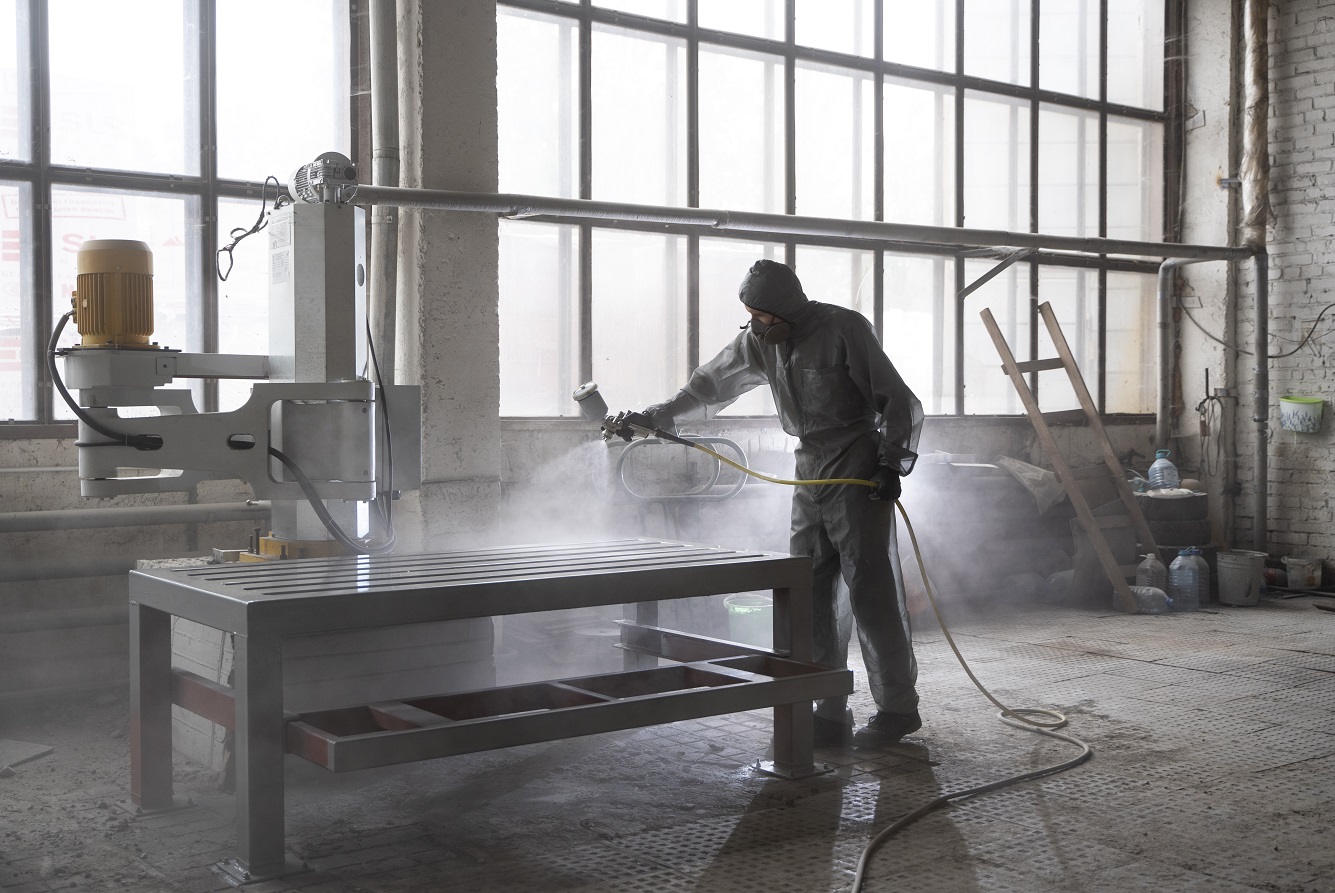

While steel is a robust metal widely used across multiple industries, it is also impacted by environmental conditions and, thus, requires protection. Steel relies on coating and plating to protect it and enhance its durability, appearance, and resistance to corrosion. These are two crucial steel manufacturing processes; thus, coating and plating inspection is necessary to ensure quality, longevity, and performance across different applications.
Read the blog to learn why coating and plating inspection is important in steel manufacturing.
Multiple types of coating and plating methods are used in steel manufacturing. Some of which are discussed here:
It uses electrolysis to coat the metal. The cathode and anode are submerged into an electrolyte chemical bath, and the negatively and positively charged ions move, plating the substrate metal components into the desired metal, such as copper or nickel.
In immersion plating, the substrate metal is submerged into an ion solution that contains the coating metal. The process uses no electric current to create any charge.
Anodizing creates a protective oxide layer on a metal by submerging it in an electrolytic solution. As the current passes through the solution, the anode releases the metal, creating a thick cathode layer. Aluminum is the most common anodized metal.
Galvanizing is the process of creating a thick zinc carbonate layer on a metal. It is achieved by immersing metal in a molten zinc bath. When the substrate is removed from the tub, zinc reacts with oxygen and Co2 in the atmosphere, producing zinc carbonate.
Powder coating is an electrostatic process wherein a powder-based substance with an electric charge opposite the substrate is used for coating. As the charge is opposite, the powder particles rush to the metal’s surface and stick to it. When the substrate undergoes heat treatment, the coating hardens, creating a protective layer.
The aim of coating and plating is surface protection. Steel is used across various industries and is exposed to different environmental conditions. While quality steel is designed to cope with adverse conditions, coating, and plating act as barriers against moisture, corrosion, and metal degradation, allowing it to perform for an elongated duration.
Coating and plating inspection is an integral part of quality control. Here are specific quality control measures that achieve the high steel quality:
Visual inspection of all coating and plating operations is indispensable to ensure quality standards as it achieves uniformity, adherence, and defects.
All metal components undergo thickness measurement to verify coating thickness per specifications, which is crucial for durability and performance.
Testing methods assess the material’s corrosion resistance, determining the coatings’ effectiveness in protecting the steel surface.
The coating defects can be generally detected by visual inspection as the imperfections on the metal surface, such as cracks, bubbles, peeling, uneven coverage, etc., are visible to the naked eye.
Adhesion testing assesses the bond strength between the coating and the substrate and detects potential adhesion issues.
The importance of coating and plating in the automotive industry must be maintained. Auto manufacturers aim for durable products, as automobiles are meant for years. Corrosion is the biggest culprit that causes vehicles to retire. The most significant benefit of coating and plating is corrosion resistance, which protects cars from the harsh conditions in which they operate and allows them to run on the roads longer.
Coating and plating inspection must adhere to industry regulations and standards to achieve flawless and quality products. In the USA, the Environmental Protection Agency sets the regulatory standards to be followed.
To guarantee quality in steel manufacturing, coating and plating inspection is inevitable. The inspection includes measuring coating thickness, corrosion resistance, adhesion, integrity, etc., to guarantee the reliability and longevity of steel.
We follow industry regulations and standards at New Mexico Metals LLC, Albuquerque, and manufacture quality steel products. We have a thorough inspection process for all our metal components, which plays an integral role in achieving the desired steel quality, which meets stringent standards, functionality, and durability of steel in various applications.
Contact us today to shop from our diverse range of steel components.
Que: What role does plating inspection play in steel manufacturing?
Ans: Plating inspection ensures proper application, thickness, and adhesion of metal plating, guaranteeing improved hardness, aesthetics, and resistance to wear, contributing to the overall quality of steel products.
Que: What is the difference between Coating and Plating?
Ans: The key difference is that coating fits conductive and non-conductive surfaces, while plating is for conductive surfaces.
Que: What role does employee training play in coating and plating inspection?
Ans: Employee training is crucial to ensure that the inspectors have the required skills and knowledge of coating and plating techniques to carry out their duties effectively.